How SSE is looking after the environment
The scale of our activities means we interact with the environment in many ways, often in remote and precious habitats. We actively manage our environmental footprint, aiming to mitigate any negative environmental consequences arising from our activities and seek a positive overall impact.
We are also a corporate partner of the Institute of Environmental Management and Assessment (IEMA).
SSE’s Environment Strategy
Aligned to the UN Sustainable Development Goals, our Environment Strategy has three core pillars which provide a framework for us to manage and mitigate impacts to habitats and ecosystems, while using resources efficiently and embracing the principles of a circular economy. These pillars are underpinned by an ethos of compliance.
We follow the mitigation hierarchy to actively manage our environmental footprint, and the avoidance of negative impacts is our priority.
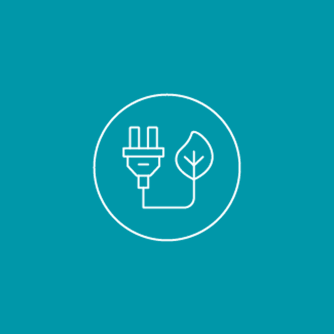
Environmental management and governance
+
Environmental management and governance
Providing a framework for the careful risk management of environmental impacts, protecting local environments from waste, pollution and damage to nature.
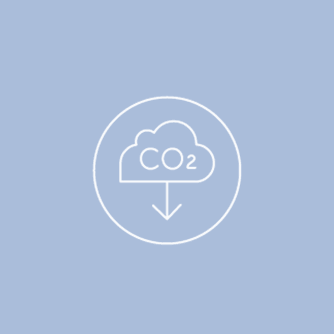
Responsible production and consumption
+
Responsible production and consumption
Working towards more sustainable patterns of resource consumption, reducing reliance on non-renewable and single-use products.
This aligns with the United Nation's 12th Sustainable Development Goal, responsible consumption and production.

Natural environment
+
Natural environment
Supporting the conservation, restoration and sustainable use of the world’s land and water resources; and promoting the integration of amenity, ecosystem and biodiversity improvement into business activities.
This aligns with the United Nation's 14th and 15th Sustainable Development Goals, life below water and life on land.
Targeting positive nature outcomes
We have Group-level nature-related targets which aim to ensure that negative environmental impacts are avoided as a result of our activities and, ultimately, that we leave the environment in a better state than when we found it.
- 2023
- 2024
- 2025
- 2023
No net loss of biodiversity
On all onshore large capital projects consented from 1 April 2023.
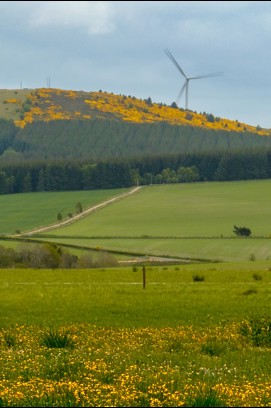
- 2024
No net loss of native woodland
On all onshore large capital projects consented from 1 April 2024.
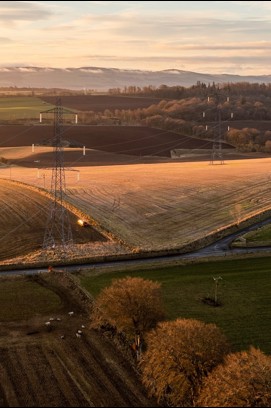
- 2025
Net gain in biodiversity
On all onshore large capital projects consented from 1 April 2025.
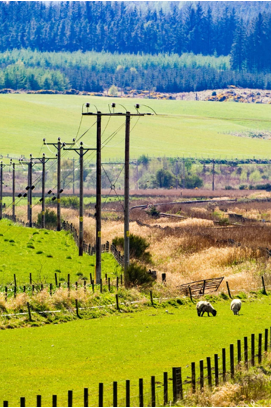
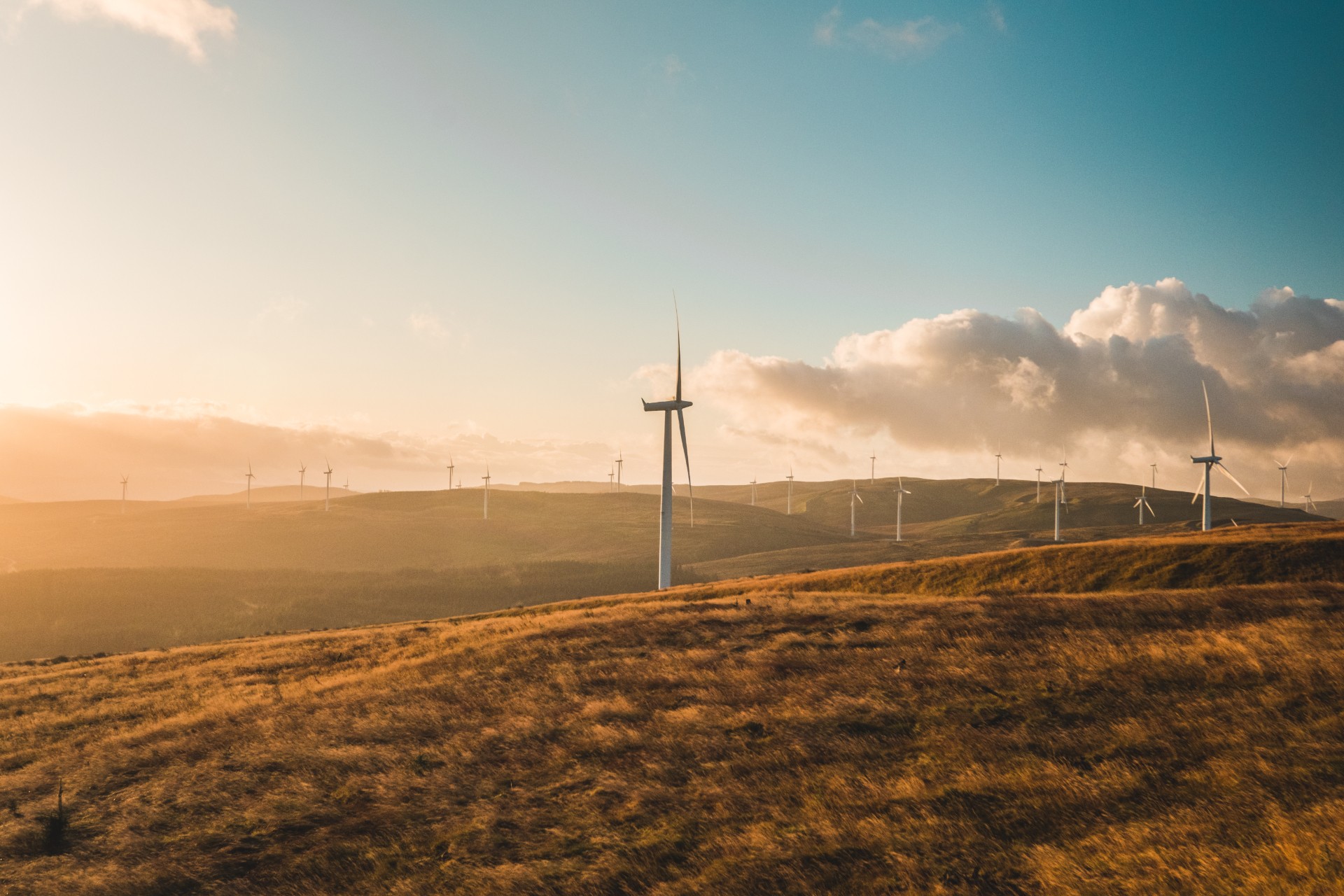
Circular economy
We are working to embed circularity principles into operations to minimise our environmental impact, enhance operational efficiency and strengthen resilience.
We are collaborating with a range of partners to create and test solutions for industry-wide challenges and support circular supply chains. An example of this is our renewables business working with partners through the Coalition for Wind Industry Circularity (CWIC), which seeks to create a supply chain for the refurbishment and reuse of wind turbine components within the UK.

Water management
Water plays a significant role in SSE’s operations, being used primarily as a source for power generation in hydroelectric generators and as a coolant in thermal power stations. Our policies and processes ensure that we use water in a sustainable way in operations. None of our thermal or hydro generation assets impact on water stressed areas, as defined by the relevant environmental regulators.
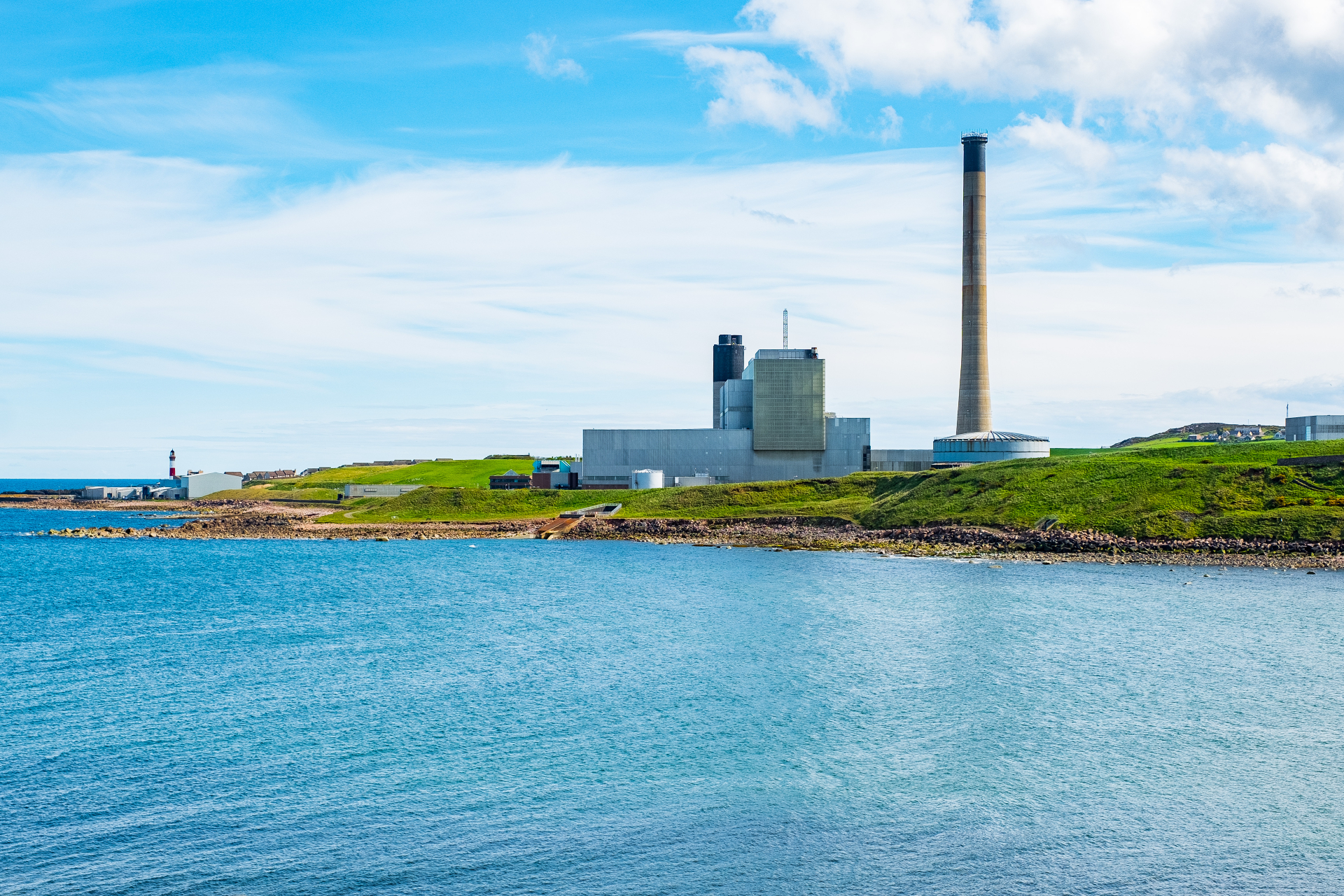
Air emissions
A material byproduct of our thermal generation activities is the emission of nitrogen oxides (NOx) and sulphur dioxide (SO2). Our environmental teams carefully manage emissions to the air, working closely with relevant environmental regulators to meet their strict licence conditions.


